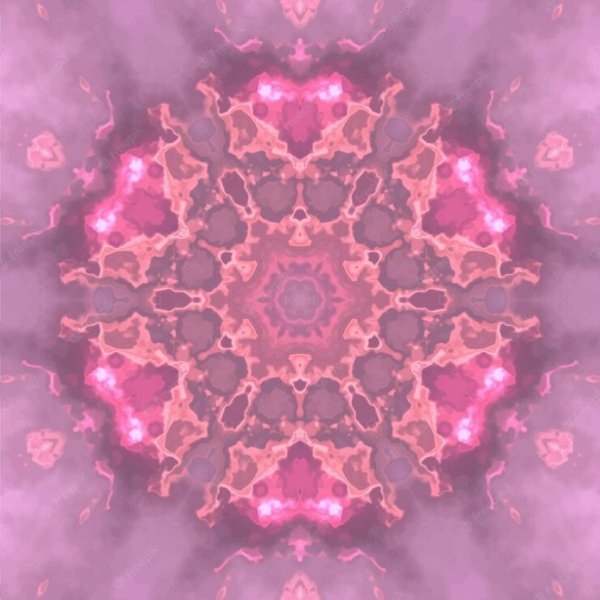A Brief History of Mandala

The founder of Buddhism was Siddhartha Gautama he was born in the region now known as Nepal. There is no confirmed date of his birth the historians believes it may be around 560 B.C. He was a king he left his kingdom after becoming aware of human suffering, where he sought to attain enlightenment through meditation and thoughtful action. He preaches his philosophy across parts of India, after he gained devout followers and eventually established the first sangha, Buddhist community of monks.
Buddhist monks travelled in the east and west ancient network of trade routes that they brought Buddhism to other lands. In 4th century they carried practice of mandala art and spiritual composition to the other countries such as China, Tibet, Japan. Though rooted in Buddhism, mandalas soon became a part in Hinduism and other religious practices. Painters of the spiritual craft were often pious laymen, who were all commissioned by a patron. They worked seated on the floor and paint propped in their laps or in front of their crossed legs.
Classifications of Mandalas
There are various types of mandalas found in different cultures and used for a numerous of purposes, both artistically and spiritually. There are classifications of mandalas and how they are used.
Teaching Mandala
Teaching mandalas are the emblem of teaching and the shape, line, and color represents a various aspect of a philosophical or religious system. The student creates their own mandala based on the principles of design and the construction, projecting a visual symbolization of everything they have learned.
Healing Mandala
Healing mandalas are more instinctive than teaching mandalas, mediation is the purpose of mandala. Healing mandalas are intended to deliver wisdom, provoke feelings of calm, and channel focus and concentration.
Sand Mandala
Sand mandalas have used as a traditional and religious element in Buddhist monks and Navajo culture. These intricate designs use a different emblems made from colored sand that represent the impermanence of human life.
Emblem in Mandalas
Within their intricate circular patterns, you can find common emblems throughout mandalas. Traditionally, in mandala painting they include they the presence of Buddha’s mind in an abstract form, most commonly represented as a wheel, tree, flower, or jewel. The center is a dot, which is a emblem considered free of dimensions. It is the starting point of the beginning of contemplation, and devotion to the divine. From there, the dot is surrounded by lines and geometrical patterns that emblem the cosmos, encompassed by the outer circle which represents the cyclical nature of life. Some general emblem within the mandala includes.
Wheel with eight spokes
The circular nature of a wheel works as an artistic representation of a perfect cosmos. The spokes represent the Eightfold Path of Buddhism, a summary of practices that lead to liberation and rebirth.
Bell
The bells represent openness and emptying of the mind which allow the entrance of wisdom and clarity.
Triangle
The upward, triangles represent action and energy, and the downward, triangle represent creativity and the pursuit of knowledge.
Lotus flower
The sacred symbol in Buddhism, the symmetry of a lotus depicts balance. As a lotus reaches up from underwater like the human also reaching for spiritual awakening and enlightenment.
Sun
A popular basis for modern mandala patterns, the suns tend to represent the cosmos, often carrying meanings related to life and energy.